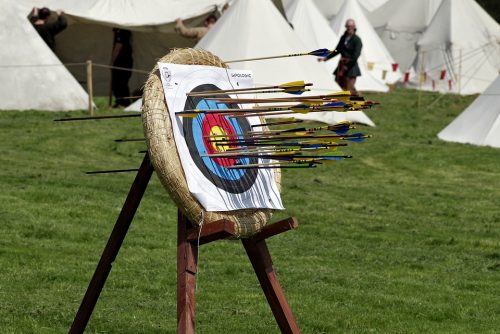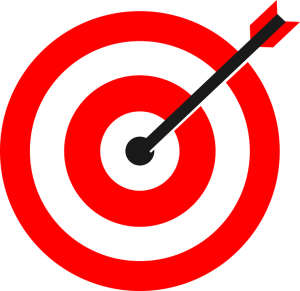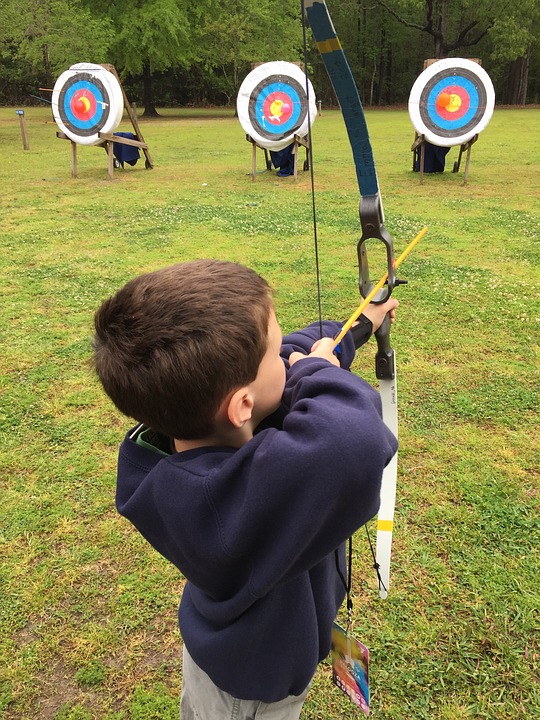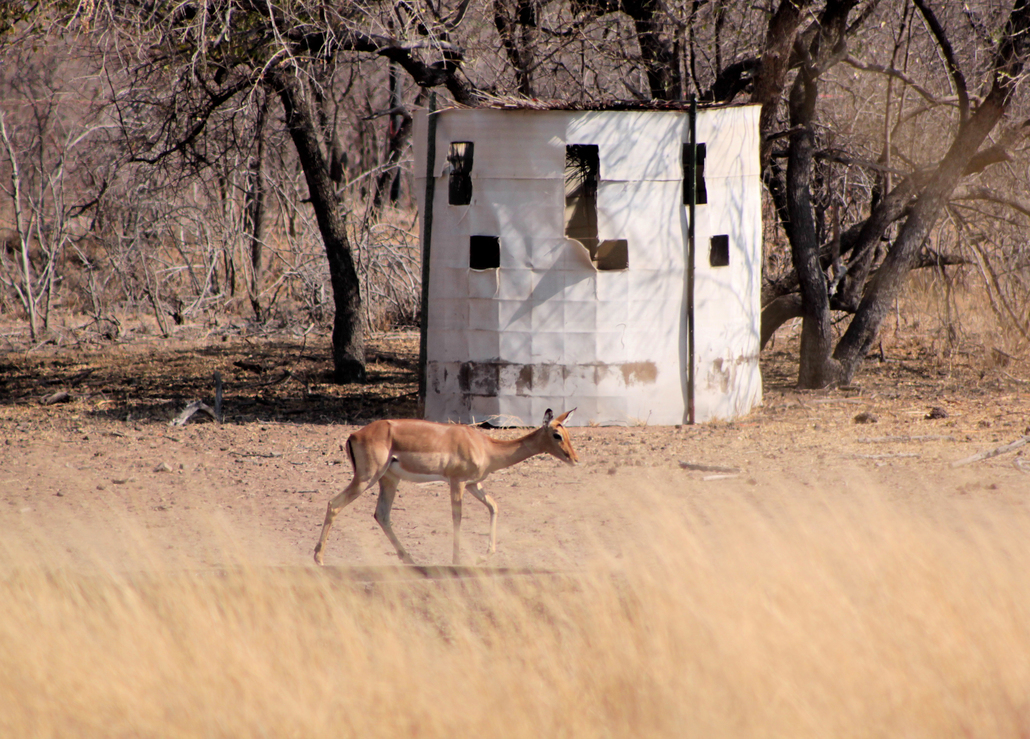Looking forward to your first longbow shooting practice? As a beginner, you need to know certain guidelines that will effectively help you follow the right track, and eventually make you better at aiming and hunting (if that’s what you aim). Read on to learn some essential beginner tips to help you learn to shoot a longbow.

The Traditional Longbow:
Traditionally, the Victorian design dictates that a longbow should be made out of wood. Such traditional longbows are of 3 types- backed, laminated and self. Each limb in the backed and laminated types form a simple curve (single) extending from handle to nock (during full draw). A longbow must be 5 feet 6 inches long (at least), and the arrows used in a longbow must be 27 inches long (or more). The measurement from the back to the belly should not be any less than 5/8th of the bow’s width.
How To Select A Bow For The First Time:
Here are some tips for selecting a longbow for shooting for the first time-
Opt for Lightweight Bow- In order to handle your longbow, which is a bit heavier compared to a recurve bow, you have to be physically strong with sufficient stamina so that you can complete one round without any discomfort. Not only will you need strength for drawing the bow, but you will also require additional strength for controlling your shot. Therefore, it is recommended that you start with a lighter bow and then gradually move to the heavier ones.
Proper Muscle-Build Is Must– Majority of the beginners start with 40 pounds in weight, but it all depends on how well-developed your muscles are. Remember that simply because you have an impressive physique, doesn’t mean that you have the appropriate muscle-build for shooting longbows, or archery for that matter.
Choose A Comfortable Bow– It is best to opt for a longbow that you feel comfortable to carry around and shoot with, even if that means you will have a limited shooting range initially. Based on what arrows you choose, you can draw bow cast (which is the bow’s speed, giving you an idea of the shooting range), length as well as loose. Roughly, a 40-pound bow can be used for shooting up to 60 yards, a 50 pound will go as far as 80 yards, and any bow weighing above 55 pounds can have a range of 180 yards.
Choosing The Arrows: Arrows are way more important than a bow, and even if you purchase arrows that have the same spine (or stiffness) and weight, they may not all have the same flying range. Arrows, these days, are made using different materials, and not just wood. But as a beginner, you should prefer using wooden arrows. Check out what kind of wooden arrows will work best with your bow. Also, seek advice on the following before buying arrows:
- Consistency
- Arrow diameter
- Point type
- Spine
- Weight
- Feather size
You need to make sure that the arrows match your bow, especially if you plan to shoot with heavier bows in the future. There’s no point in spending frivolously on arrows now if you can’t use them with the heavier ones later on. A considerable starting point would be to opt for 5/16 inch shafts (5-10 pounds, with the draw weight heavier than the arrow’s spine), 3 inch parabolic or shield feathers, plastic nocks (taper fit) and bullet screws (brass, 100 grain) on the points.
Shooting Tips:
 Here are a few shooting tips that will be handy for any beginner-
Here are a few shooting tips that will be handy for any beginner-
- Generally, the tendency of dropping the bow arm while shooting is common. So, ensure that the arm is held up with the bow hand aims firmly at the target till such time the arrow is hit.
- Make sure that you don’t hold your longbow any more than 1-2 seconds prior to releasing the arrow, as holding it longer will cause the bow’s cast to begin dropping off.
- On reaching full draw, you need to exert pressure on the bowstring to get a smooth and clear loose. When you do this right, the shoulder blades will pull together, and the bow hand will jump back on releasing the string.
In Conclusion:
Remember, there is no point in getting frustrated. So, have patience and you will enjoy learning the skills required to shoot a longbow. Cherish all your hits and practice sessions, and try to learn from every miss that comes your way; they will help you get better with a longbow.


